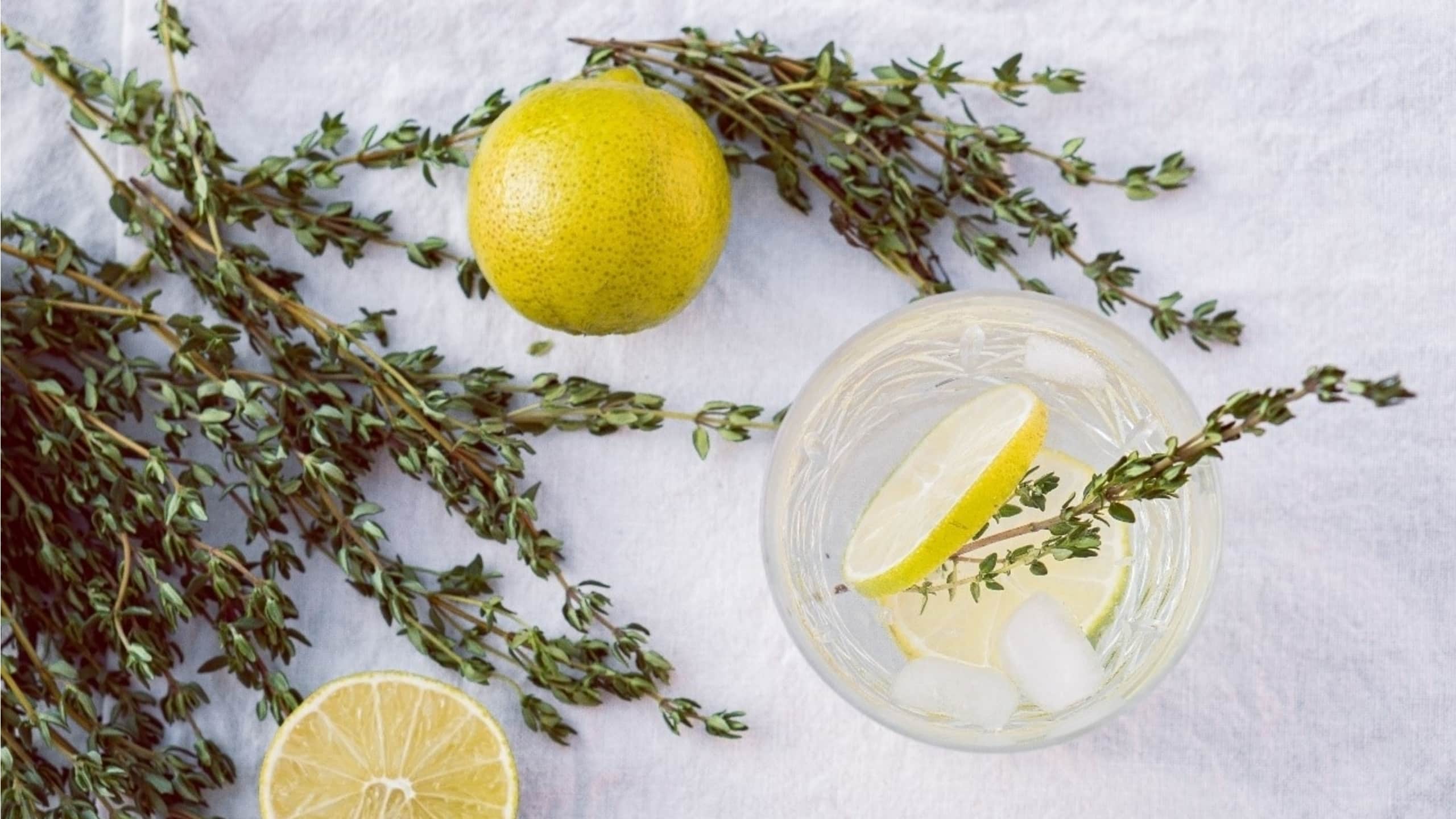Salt preserves, adds flavour and makes food taste better
But the WHO (World Health Organization) strongly advises people to lower their intake of sodium – which is commonly present in table salt. There is even a global initiative to reduce salt intake by 30% in 2025.A pinch here, a pinch there and, on average, we end up ingesting twice the amount of salt we need. And without even realising it. In fact, an adult only needs about a teaspoon of salt per day. That’s roughly 5 grams. Children should be eating even less. For example, a child between the age of 7 and 10 shouldn’t have more than 3 grams of salt per day.
With a balanced and healthy diet, you are more likely to avoid health issues like hypertension or diabetes. Salt in particular is linked to some avoidable health problems.
But how can we reduce salt intake without giving up the taste?
Since salt is deeply rooted in our eating habits, here are some tips for cooking and reducing your daily sodium intake – and we promise: you won’t miss salt with these ideas!
-
Spice up your meals
It becomes difficult to reduce salt intake by fear of making your meals taste bland and plain. Maybe you just need to spice up your game, when it comes to cooking. Have you ever eaten Indian food and complained it tasted “bland”?
From cinnamon to cardamom, saffron to turmeric, thyme to oregano or nutmeg to ginger, there’s a whole world of possibilities that will give your food immense and amazing flavour. Use up your spices and dried herbs! And be creative, make your own mixes.
-
Choose 100% organic “green salt”
Leave refined salt on the shelf, which experts say is pure poison for our bodies. Choose green salt instead. Yes, bela-luz thyme. It is a 100% organic plant that enhances flavour and substitutes regular salt remarkably well.
Bela-luz thyme can be used in fish and meat dishes, soups, cheeses and even eggs. An aromatic herb, the tiny fresh or dried bela-luz thyme leaves can be used to add unique aromas and flavours and a special touch to any meal, and can be used as garnishing.
-
No-Need-For-Salt-Snacks
Snacking before dinner or while watching a game, or even while meeting friends, is a real problem if you’re trying to reduce salt intake.
Many snacks are just loaded with salt and sodium. If you start making your own snacks, you can swap salt for extra flavour, how does that sound? We mean roasted chickpeas with smoked paprika, turmeric popcorn or herb-sprinkled oven-baked fries.
-
Use salt only to “fix” flavour
When cooking, only use salt at the end to correct the flavour of a dish and reduce its intensity over time. This will help your taste buds get used to the decrease in salt. And – very important! – make use the salt shaker isn’t on the table during meals. This is the best way to avoid temptation.
-
Cut on salty sauces
Cutting down on salty sauces is also important in reducing salt intake. Most sauces are high in sodium, whether you are eating at home or at a restaurant. If you must use sauces, look for the ones with reduced sodium or make them at home using aromatic herbs.
-
Try infused Olive Oil
Another great way of reducing salt intake is to rethink how you season your dishes. If you add some herbs into a bottle of good quality olive oil, you can give your plates some extra kick – all the flavour and no added salt.
There are two ways of making infused oil. Number one, leave the herbs in oil for one or two weeks. Option number two, lightly heat the oil up with some herbs. Make sure you pat your herbs dry before putting them in the oil. In other words, do not let water get into your oil, since it favours the propagation of bacteria.
What herbs to use? A classic-favourite is thyme infused olive oil, as well as rosemary. But you can also mix-match, why not go basil and sun-dried tomato?
It is not easy to reduce salt intake while still maintaining old habits, but if you introduce new exciting flavours in your life – especially the very wide palette of spices and herbs – it becomes much, much easier – and tastier!



